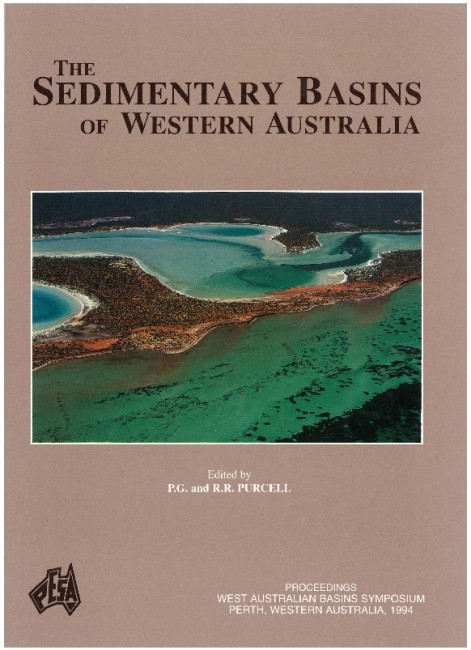Publication Name: The Sedimentary Basins of WA
Authors: M.R. Walter and J.D. Gorter
Publication Volume: 1
Date Published: July 1994
Number of Pages: 25
Reference Type: Book Section
Abstract:
In Neoproterozoic times two million square kilometres of Australia was occupied by a single depositional system, the Centralian Superbasin. This basin was disrupted at 540 to 600 Ma by a central uplift, and then dismembered by later Palaeozoic tectonism to form numerous smaller basins - including the Amadeus, Georgina, Ngalia, Officer and Savory basins. The Western Australian portion of the superbasin is the most poorly known; in the eastern areas there is more outcrop, and there has been more exploration. Recognition of the original depositional system allows the stratigraphy and petroleum systems of the relatively well-known areas to be extrapolated to the west.The superbasin can be analysed in terms of both oil and gas-prone petroleum systems, with two major Neoproterozoic systems being recognisable in Western. Australia.
Early Neoproterozoic (Supersequence 1): effective source rocks occur in carbonate-evaporite-shale successions such as the Bitter Springs Formation of the Amadeus Basin, reservoirs are closely associated karsted and fractured carbonates or underlying or laterally equivalent sandstones; and seals are the evaporites or overlying thick shales such as the Pertatataka Formation. Comparisons with closely comparable systems in Oman,
Siberia and China, some of which are not only producing but contain giant oil and gas fields, suggest that margins
of small sub-basins are especially prospective. Gas and oil shows occur in this supersequence in the Amadeus
Basin.
Late Neoproterozoic (Supersequences 2-4): effective source rocks occur in thick shales and siltstones such as the Pertatataka Formation and the Rodda beds; reservoirs are interbedded and overlying sandstones and fractured carbonates; and seals are the interbedded and overlying shales and, locally, Neoproterozoic and Cambrian evaporites. The presently sub-commercial Dingo gas field of the Amadeus Basin occurs in this system.


